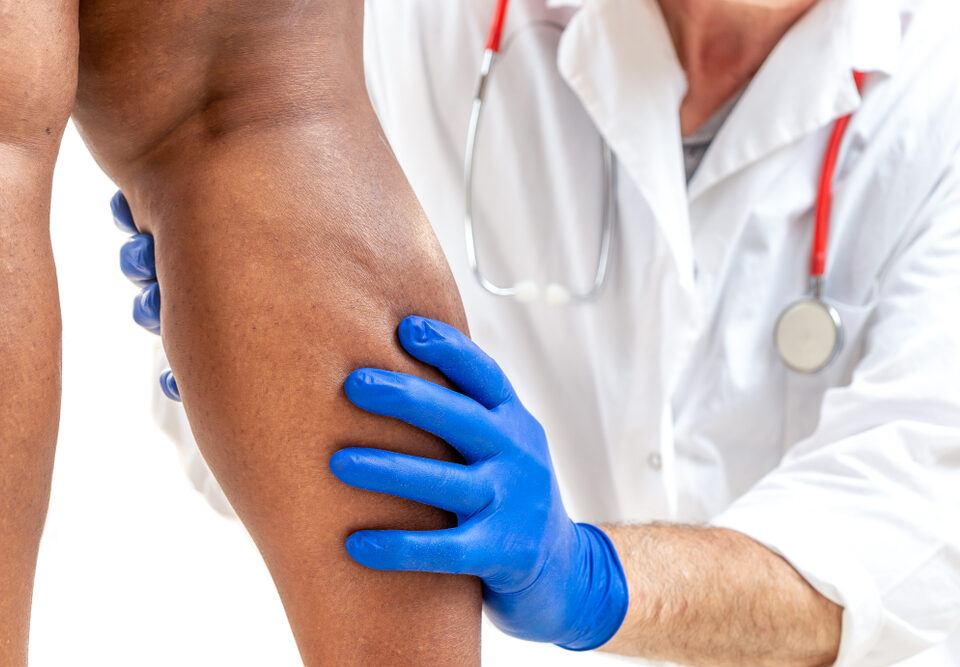
Deep Vein Thrombosis: Best Diagnosis and Treatment Options
March 12, 2019
What Makes a Good Sclerotherapy Candidate
March 26, 2019Vascular Disease Maryland
The vascular system is a complex network of arteries and veins that pump blood throughout the body and deliver essential nutrients to vital organs. When these passages become compromised, patients can experience serious symptoms and complications such as vascular disease.
Accordingly, it’s important for patients to be aware of the types of vascular disease and their associated risk factors.
Continue reading for the ins and outs of vascular disease.
Risk Factors for Vascular Disease
Certain factors make individuals more likely to develop a vascular condition. These include age, smoking, hypertension, dyslipidemia, and diabetes, which can damage arteries and blood vessels and interfere with their ability to function properly.
Varicose Veins
Varicose veins are the most common lower extremity vascular condition, which affects approximately 35% of Americans. These dilated blood vessels are caused by damaged or diseased valves that allow blood to flow away from the heart and pool in the legs and feet.
Varicose veins commonly appear bulging, enlarged, or ropelike, with a blue or dark purple coloring. Depending on the severity of venous reflux, they can pose cosmetic as well as medical concerns.
Types of Vascular Conditions
1. Carotid Stenosis
Plaque can build-up in the carotid artery, which carries blood from the heart to the brain, and cause it to narrow. What’s more, if plaque becomes dislodged and travels to the brain, it can result in a stroke.
2. Abdominal Aortic Aneurysm
An abdominal aortic aneurysm presents as bulging or dilation of the artery that transports blood away from the heart. This vascular condition occurs near the abdomen and is often a cause of sudden death in older patients.
3. Lower Extremity Peripheral Vascular Disease
Lower extremity peripheral vascular condition is characterized by narrowing of the arteries that deliver blood to the legs and lower extremities. If left untreated, it can result in serious symptoms and complications.
Want to Learn More About Vascular Disease?
Contact the Vein Center of Maryland to learn more about vascular disease in Maryland and schedule a comprehensive consultation with one of our highly skilled and experienced vein specialists.



